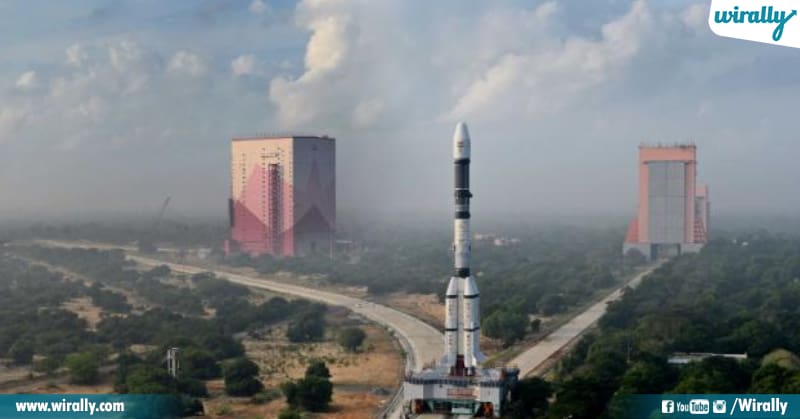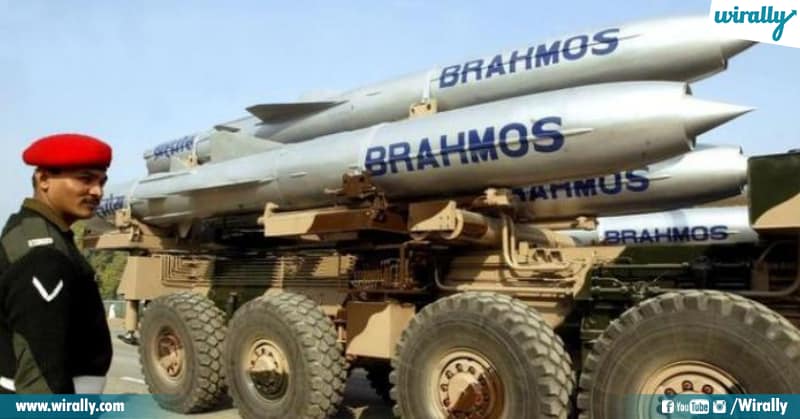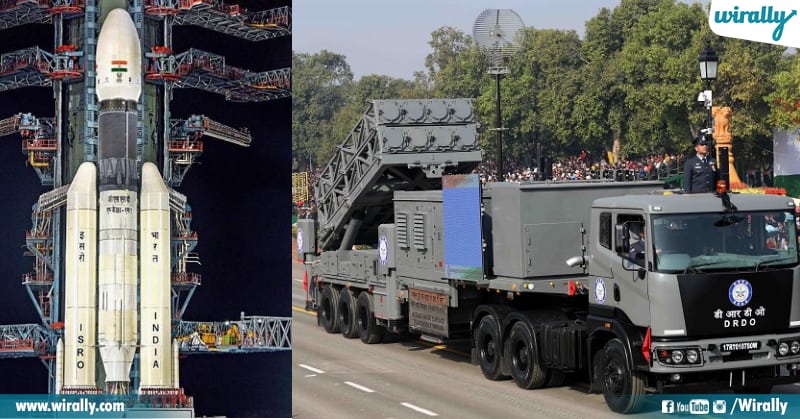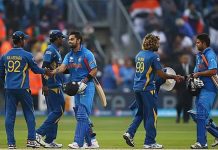ISRO
ISRO stands for Indian Space Research Organization, it is the space agency of the Government of India, its headquarter is located in the city of Bengaluru. Its vision is to “harness space technology for national development while pursuing space science research and planetary exploration. Indian National Committee for Space Research was established by Jawaharlal Nehru in 1962. INCOSPAR turned into ISRO in 1969, In 1972 Government of India set up a Space Commission and the Department of Space (DOS), bringing ISRO under the DOS. The establishment of ISRO thus institutionalized space research activities in India.

Throughout the years, ISRO has upheld its mission of bringing space to the service of the common man, to the service of the Nation. In the process, it has become one of the six largest space agencies in the world. ISRO maintains one of the largest fleets of communication satellites (INSAT) and remote sensing (IRS) satellites.
ISRO built India’s first satellite, Aryabhata, which was launched by the Soviet Union on 19 April 1975. It was named after the mathematician Aryabhata. In 1980, Rohini became the first satellite to be placed in orbit by an Indian-made launch vehicle, SLV-3. ISRO subsequently developed two other rockets: The Polar Satellite Launch Vehicle (PSLV) for launching satellites into polar orbits and the Geosynchronous Satellite Launch Vehicle (GSLV) for placing satellites into geostationary orbits. These rockets have launched numerous communications satellites and earth observation satellites. Satellite navigation systems like GAGAN and IRNSS have been deployed.

ISRO sent a lunar orbiter, Chandrayaan-1, on 22 October 2008 and a Mars orbiter, Mars Orbiter Mission, on 5 November 2013, which entered Mars orbit on 24 September 2014, this made India the first nation to succeed on its first attempt to Mars, and ISRO the fourth space agency in the world as well as the first space agency in Asia to reach Mars orbit. On 18 June 2016, ISRO set a record with a launch of twenty satellites in a single payload, one being a satellite from Google. On 15 February 2017, ISRO launched one hundred and four satellites in a single rocket (PSLV-C37) and created a world record. ISRO launched its heaviest rocket, Geosynchronous Satellite Launch Vehicle-Mark III (GSLV-Mk III), on 5 June 2017 and placed a communications satellite GSAT-19 in orbit. With this launch, ISRO became capable of launching 4-ton heavy satellites into GTO.
Future plans include the development of Unified Launch Vehicle, Small Satellite Launch Vehicle, development of a reusable launch vehicle, human spaceflight, controlled soft lunar landing, interplanetary probes, and a solar spacecraft mission.
DRDO
DRDO stands for“Defence Research and Development Organisation” It is an agency of the Government of India, charged with the military’s research and development, headquartered in New Delhi, India. Formed in 1958 by the merger of the Technical Development Establishment and the Directorate of Technical Development and Production with the Defence Science Organisation. It is under the administrative control of the Ministry of Defence, Government of India.DRDO was formed in 1958 from the amalgamation of the then already functioning Technical Development Establishment (TDEs) of the Indian Army and the Directorate of Technical Development & Production (DTDP) with the Defence Science Organisation (DSO).

DRDO was then a small organisation with 10 establishments or laboratories. Over the years, it has grown multi-directionally in terms of the variety of subject disciplines, number of laboratories, achievements and stature. Today, It has a network of 52 laboratories, which are dedicating in developing defence technologies covering various fields, like aeronautics, armaments, electronics, land combat engineering, life sciences, materials, missiles, and naval systems, DRDO is India’s largest and most diverse research organisation. The organisation includes over 5,000 scientists belonging to the Defence Research & Development Service (DRDS) and about 25,000 other scientific, technical and supporting personnel. Several major projects for the development of missiles, armaments, light combat aircraft, radars, electronic warfare systems etc. are on hand and significant achievements have already been made in several such technologies.
Also Read: Nambi Narayana: A True Story Of A Falsely Accused ISRO Scientist


















